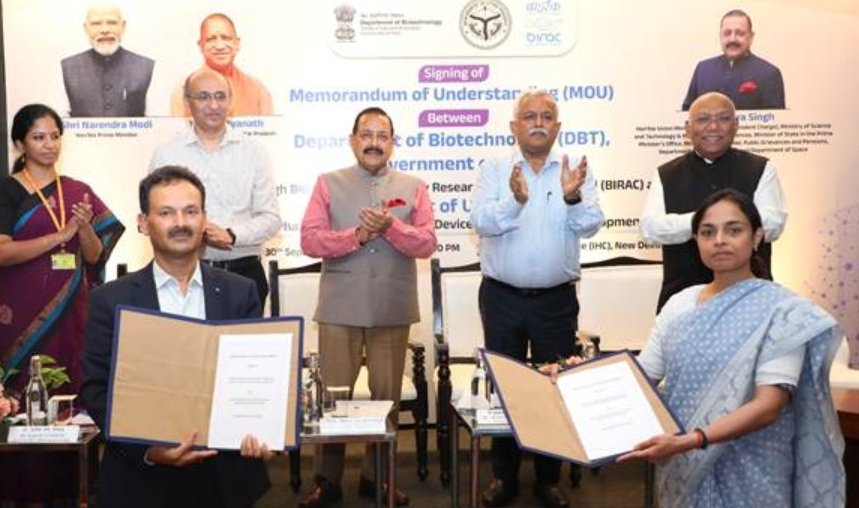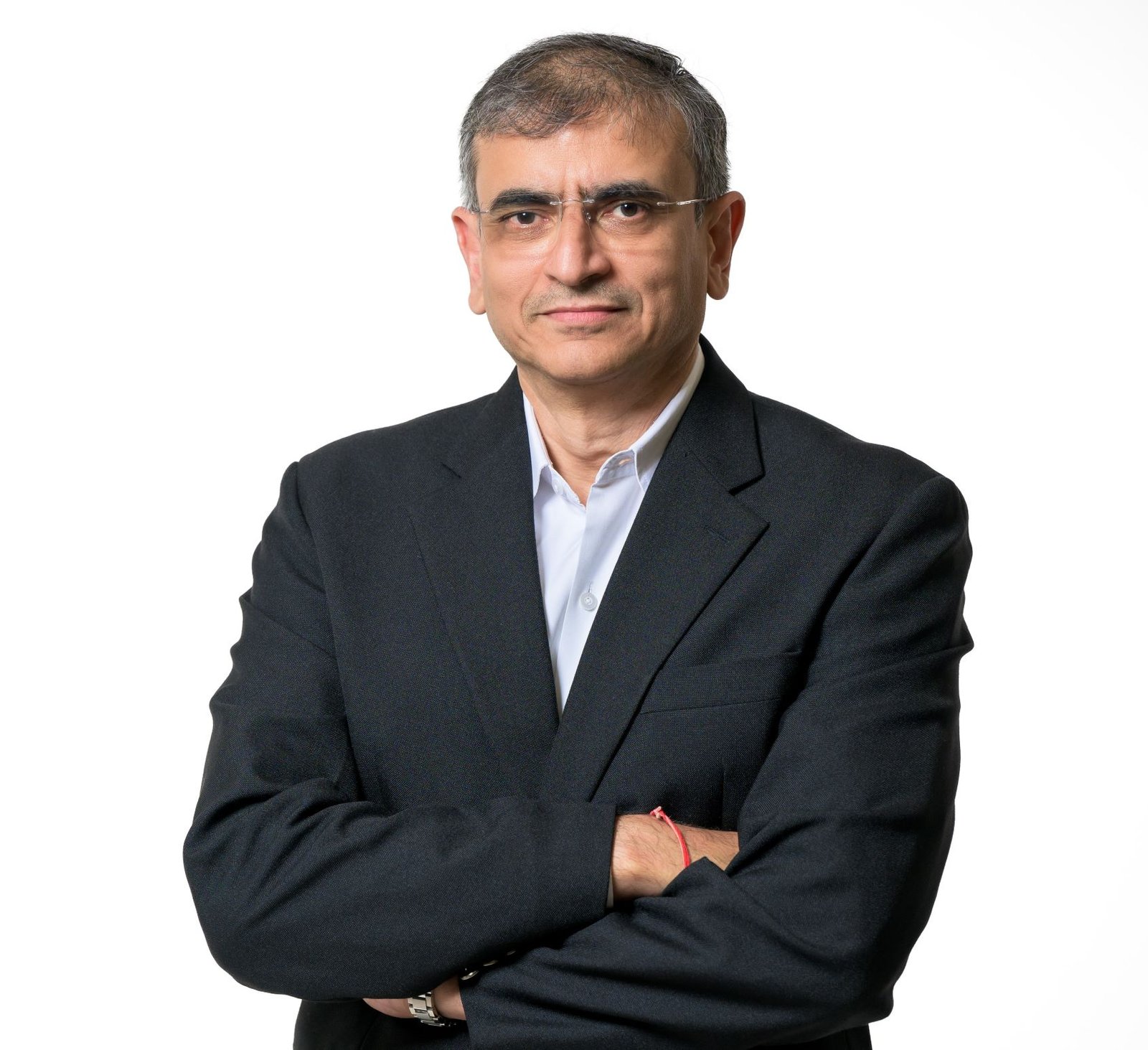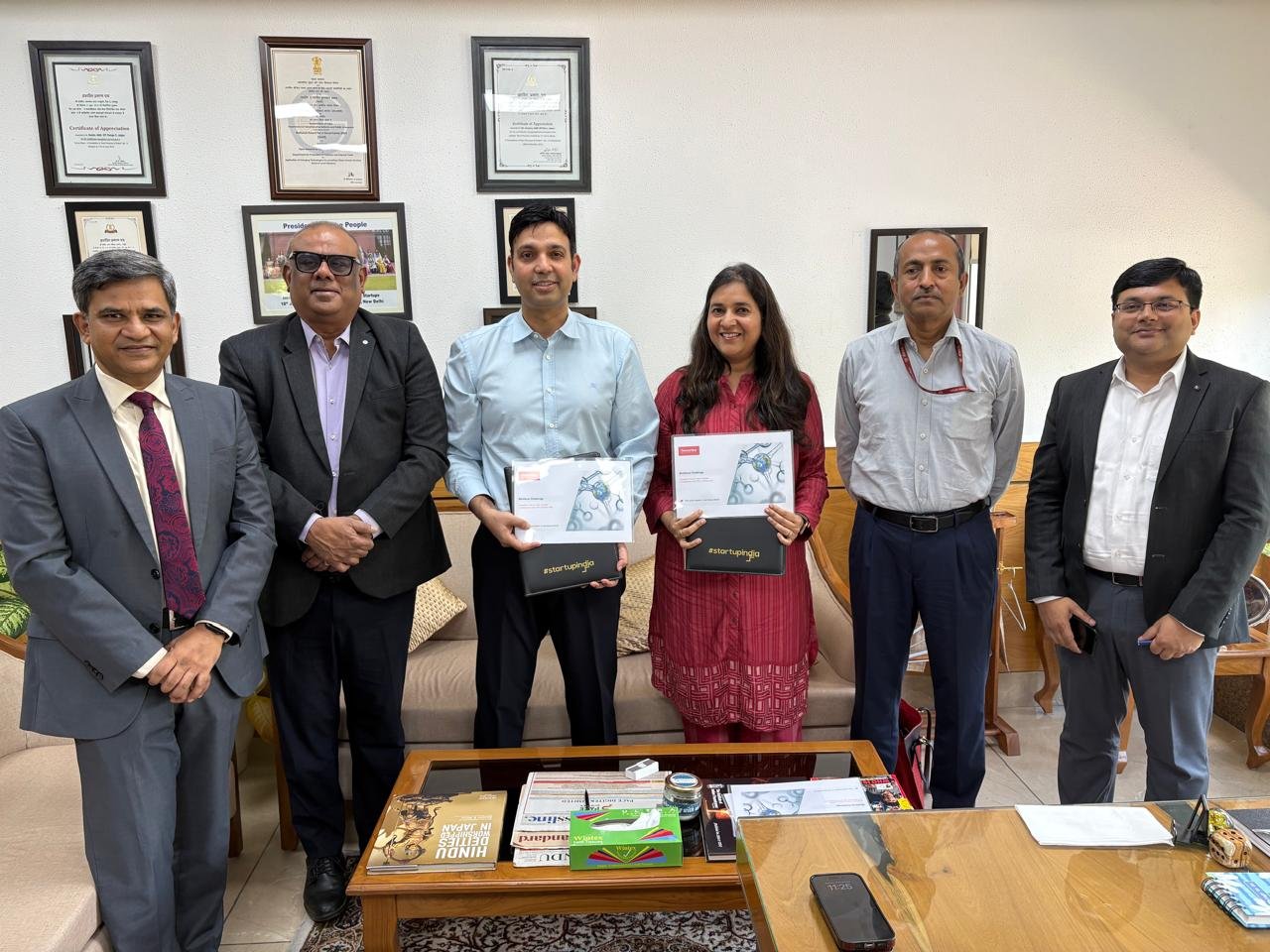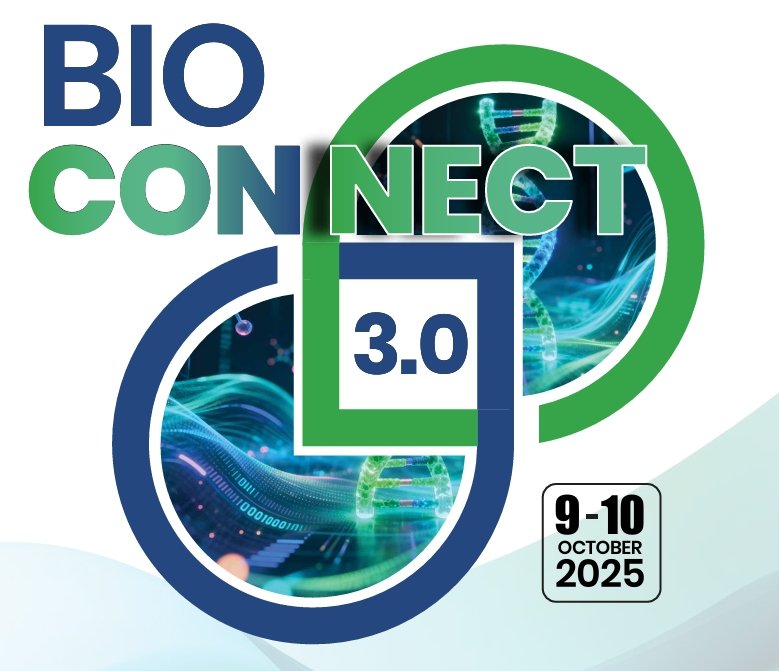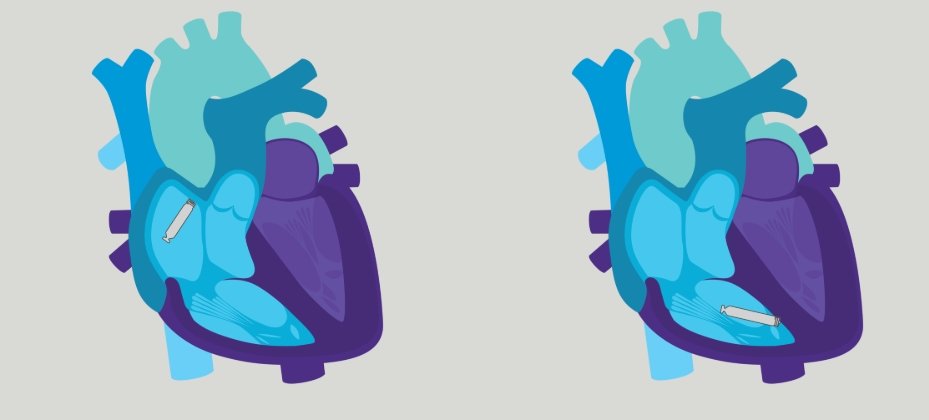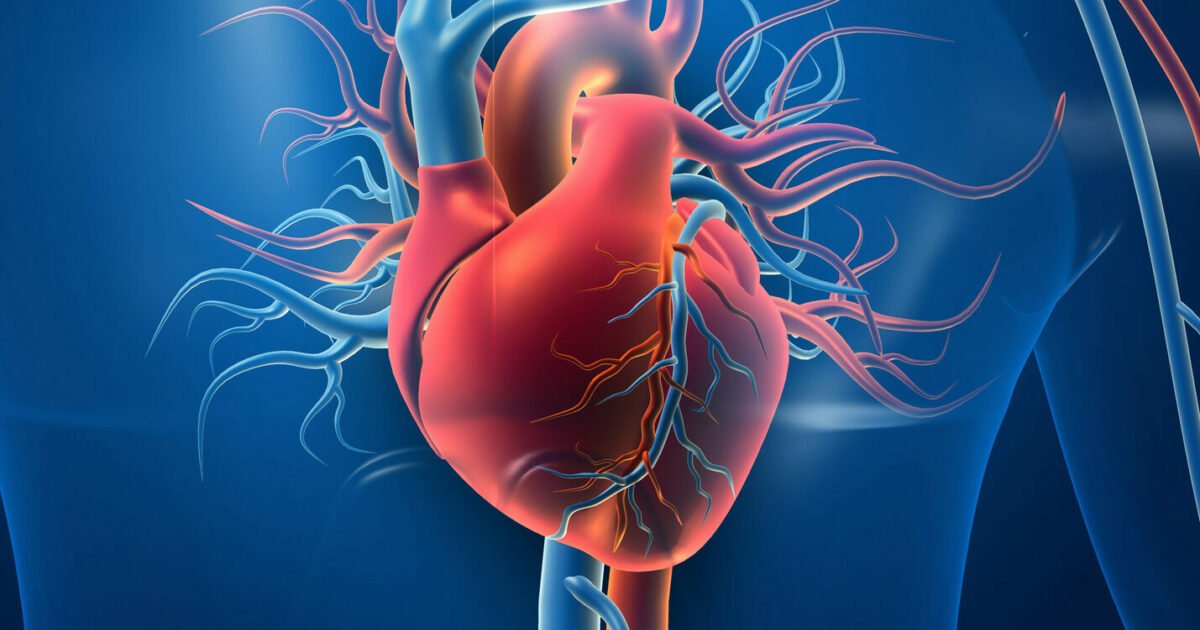Manufacturing @ Warp Speed
December 31, 2021 | Friday | Features | By Dr Manbeena Chawla
India always had the best combination of smart minds and able workforce. What was lacking, in some sectors, could be attributed to governmental policies, which have been rectified to a large extent, in the recent past. The ‘pandemic’ played the role of a catalyst to solidify the country’s prowess as a global manufacturing hub. It has pushed India into optimising the latent capabilities it possesses across the public and private sector by promoting indigenous development and manufacturing particularly in the space of diagnostics and medical devices. Triggered by the government’s initiative to develop new medical devices parks and the huge investments by the industry, indigenous diagnostic and medical technology capabilities will continue to be ramped up into 2022 as well.
image credit- istock
The last few months have forced the life sciences industry to move beyond its traditional methods of operating, thereby setting new trends in the form of strengthening API manufacturing, building diagnostic and medtech capabilities, increasing collaboration, enhancing drug development and adopting digital transformation.
India remains highly dependent on imports for many types of medical devices, particularly higher end equipment such as cancer diagnostics, medical imaging, ultrasonic scans, and PCR technologies. Imports have been growing rapidly as world-class hospital groups such as Max, Hinduja Group, Fortis, and Apollo build high-end infrastructure.
However, India is gradually embracing a glocal approach by upskilling local talent and delivering global standards in the manufacturing space across many sectors.
A recent example of this was seen during the government’s announcement of a plot and shed scheme for northern India’s first medical device park to be established near Noida International airport. With a proposed investment of Rs 15000 crore, the park is being envisaged as a hub of manufacturing medical devices such as ventilators, X-ray machines, blood pressure monitors, etc.
On the other hand, 7 new companies have kick-started their operations in the medical devices park in Telangana recently. Launched in 2017, the park has 50 companies setting up their manufacturing and R&D units with an overall investment of Rs 1424 crore and total employment of around 7000 direct jobs and 14000 indirect jobs. The Telangana government is aiming to make this park as not just a global factory for the world but a global medtech innovation ecosystem with its roots in India.
India is now also home to the first integrated cell therapy development and manufacturing facility, opened by Immuneel Therapeutics in Bengaluru. Playing a role as the central anchor for cell and gene therapy in India, the facility is focusing on autologous cell therapies including CAR-T cell therapy for lymphomas and leukaemias (haeme malignancies), and other forms of solid tumors.
Likewise, many international firms are planning to make India their new destination by setting up manufacturing units here. For instance, Ireland headquartered medtech company Medtronic has opened its R&D centre in Hyderabad with an investment of Rs 1200 crore planned over 5 years to cement Hyderabad’s position as the medical devices hub in India and to create several job opportunities.
Wipro GE Healthcare has also enhanced its local capability to manufacture a wide range of Versana products in India. With this new local manufacturing, the company plans to cut down the imports of the Versana range by half. The ultrasound range is part of the company’s affordable product portfolio and will be manufactured at its state-of-the-art facility in Kadugodi, Bengaluru.
Another development was recently marked by UK-based Holborn Wells by establishing an in-vitro diagnostic (IVD) business unit in India as a joint venture with Dwarka-based SpeedBio India. Both companies are expected to invest a total of Rs 7.5 crore over the coming months to establish the Holborn SpeedBio brand as a leading IVD provider for the market. The newly formed joint venture intends to launch and manufacture a portfolio of over 150 IVD products to market within 2022.
With the aim to strengthen the medical cold chain infrastructure in the country, Luxembourg-based B Medical Systems has signed an agreement with the Gujarat Government, under which Rs 100 crore will be invested for the manufacturing of medical and cold chain equipment. This initiative is intended towards making India the vaccine cold chain capital of the world and offer the best medical cold chain equipment to hospitals, immunisation programs, laboratories, hospitals and other clinical and research institutions.
Several other initiatives are being taken on the pharma front as well, to not only scale the manufacturing capacity in India but also to create more employment opportunities. Mumbai-based supplier ACG has signed an agreement with the Government of Maharashtra to set up Asia’s largest manufacturing plant cum R&D centre at Aurangabad with an investment of Rs 600 crore, to produce 40 billion capsules a year. The plant will serve both Indian and international pharmaceutical and nutraceutical companies. When ready by 2023, it will create around 1000 direct and indirect jobs in the region.
Pitching a similar investment of Rs 602 crore, German firm SCHOTT is expanding its Indian tubing site Gujarat in support of the government's vision of India becoming a global pharmaceutical hub. The expansion is expected to create new jobs for around 225 employees and is part of a more than $1 billion strategic investment programme of SCHOTT through 2025.
A thriving manufacturing sector across various industries could potentially be the most critical building block for India’s economic growth and prosperity in the coming years. Coordinated action between the government and the industry to help create globally competitive manufacturing companies, and shifting focus from cost advantage to building capabilities through workforce skilling, innovation, quality, and sustainability are likely to be the key mantras for growth in 2022 and beyond.
With new opportunities and potential to unlock in the new year, here’s a peek into what the industry has in store for 2022.
Dr Manbeena Chawla
(manbeena.chawla@mmactiv.com)



